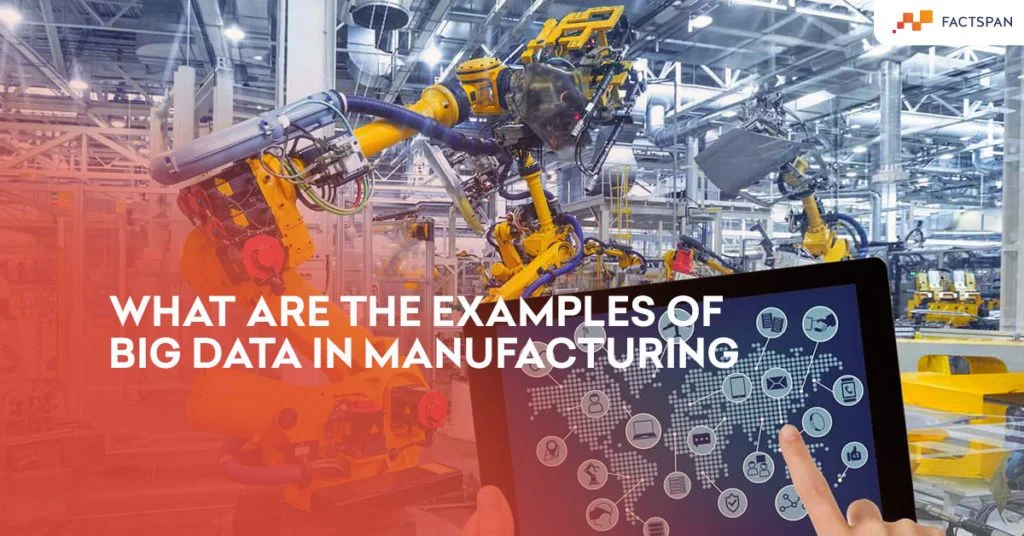With the digital age increasingly adopting computerized manufacturing methods, there are more ways than ever to turn routine manufacturing processes into data that makes a difference. This is mainly due to the maturation of big data, an umbrella term for a range of storage, organization, and analysis techniques developed for massive data sets. In this article, we will introduce you to some important big data concepts as well as the most important use cases and applications for big data analytics in manufacturing.
Big data is defined as a very large dataset that can be counted in billions of rows and parameters. In manufacturing, big data can include data collected at each production stage, such as data from machines, devices, and operators.
Big Data Concepts
It’s possible to understand how big data growth will revolutionize data analytics manufacturing, but even if you don’t understand how it works “inside”, you’re familiar with some important concepts. It’s very difficult to do.
On the one hand, it’s important to understand that big data analytics isn’t just about software issues.
Supporting artificial intelligence, machine learning, and detailed algorithms requires a large amount of hardware and infrastructure.
Manufacturing data is often stored in the data lake over the cloud and processed by GPU groups instead of traditional CPU processors. It’s all jargon that the amount of data generated in modern factories requires state-of-the-art storage and processing tools to back it up. When it comes to data analysis, there are several basic ways to get the results and processes behind more sophisticated techniques.
- Separating Correlation
- Isolating Outliers and Inliers
- Novel Classifications
Use Cases
Predictive Maintenance
Most manufacturers follow a preventive maintenance (PM) program. With PM, supervisors schedule downtime on a regular (or less frequent) basis to repair assets before unexpected failures cause costly and unplanned downtime.
Quality Prediction
The concept here is similar to predictive maintenance. There are dozens of variables that contribute to the quality of the results. For manufacturers tracking these variables, big data analysis can help identify the cause and the factors that lead to the anomaly.
Detecting Anomalies
Extensive data analysis can be used to separate the signal from noise, whether it is a slight deviation from the quality of the ground or the amount of heat generated by the mill itself. The latest algorithms allow for statistically significant deviations.
Computer Vision
Computer vision is a tool for real-time analysis of dynamic human behavior. Advances in artificial intelligence and machine learning have made it possible for computers to observe, classify, and respond to human events.
Optimizing a Tool’s Life
There are some tips for extending the life of your tools, but they can be difficult. This is because there are many variables that affect the portability of the tool over time. Big data analysis allows you to more reliably identify the cause.
Managing the Supply Chain
Timing is everything. With big data, you can more reliably predict whether your provider will offer by consensus and optimize your supply chain to mitigate risk.
Production Forecasting
Expecting demand is essential for optimizing production. The data we collect about our operations, businesses, and suppliers can help us improve our readiness for the future.
Yield Management
There are many factors that affect product performance. Big data helps you find hidden patterns in your processes, so you can more reliably and continuously track your improvement initiatives.
Work Cell Optimization
How you start your business is very important to efficiency. AI finds patterns of human-environment interactions and enables the design of the most efficient manufacturing systems possible.
Product Lifecycle Management (PLM)
In some industries (pharmaceutical and biotechnology), product life is doubling every month in the market. AI draws information from past products and key market managers to help optimize the value that products create over time.
The Era of Big Data
The innovation here is just a simple study. Big data in the manufacturing industry has many other applications and use cases.
However, one thing integrates them all. You need the data to do that. The sooner you start collecting data about your production system, the faster you can apply the latest innovations in data science.




